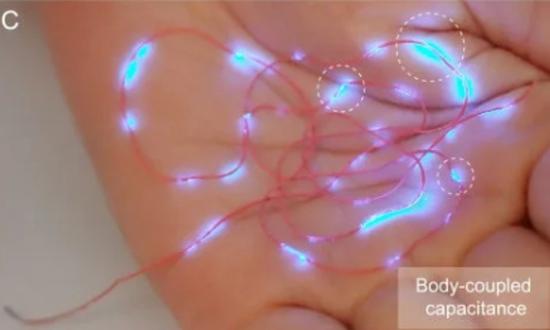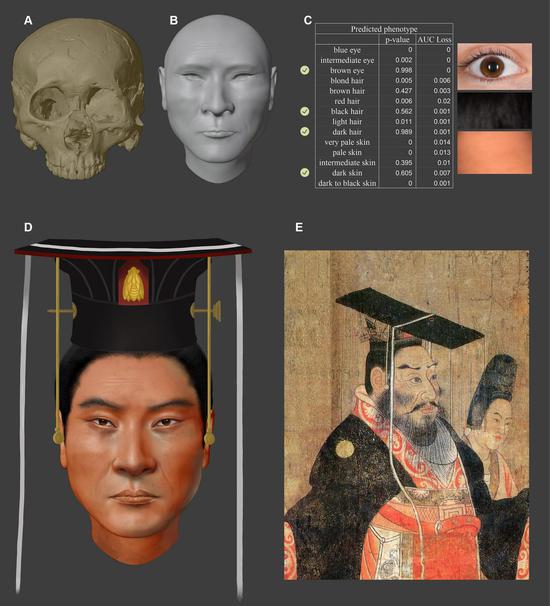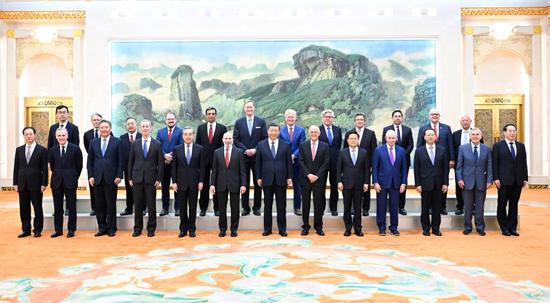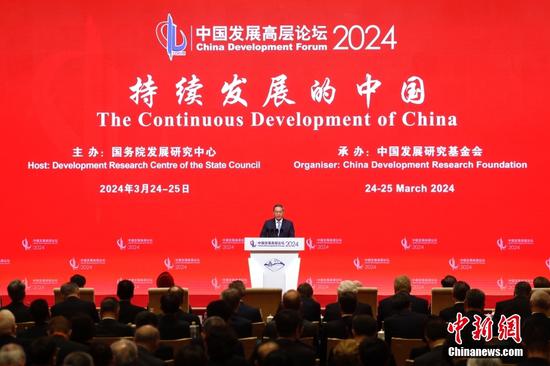
A research group from Donghua University in Shanghai has developed a new type of smart fiber that can achieve human-machine interaction functions such as luminous display and touch control without relying on chips and batteries.
The research was published in the Science journal on Friday, and is regarded as offering new possibilities for changing the interaction mode between humans and the environment.
The magazine noted that working electronic components into fabrics is challenging because they usually require rigid batteries or chips, but the author of the research showed the potential for wireless digital interactions with a number of simple examples.
The research proposes using the human body as a conduit for energy interaction. This principle promotes a new energy interaction mechanism known as "human body coupling." With specific functional materials added, the fiber achieves functions like touch control, luminous display on fabric, and wireless command transmission.
The group has been focusing on the field of light-emitting fiber materials for about five years. "In one experiment, we accidentally discovered that fibers emit light in a radio field. Based on this, we proposed a new type of smart fiber with a 'non-von Neumann architecture,' integrating functions such as energy harvesting, information sensing, and transmission into a single fiber," said Hou Chengyi, a researcher from the Advanced Functional Materials Research Group at Donghua University.
The new type of fiber also offers comfort and stability. "Through testing, we found it skin-friendly. We've tested its stability and practicality for two years, and the results have been relatively stable," Hou told the Global Times.
In the future, the group aims to produce clothes with the smart fiber that are as comfortable to wear and as intelligent as smartphones. However, there are still obstacles to overcome before the products can be sold, such as signal interference and the durability and stability of the fiber.


















































 京公网安备 11010202009201号
京公网安备 11010202009201号